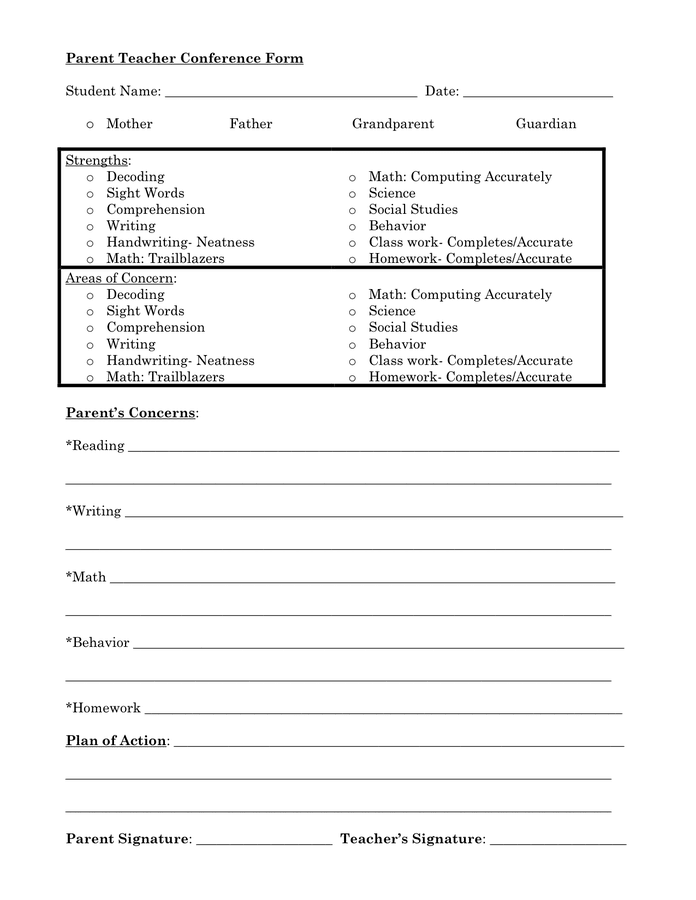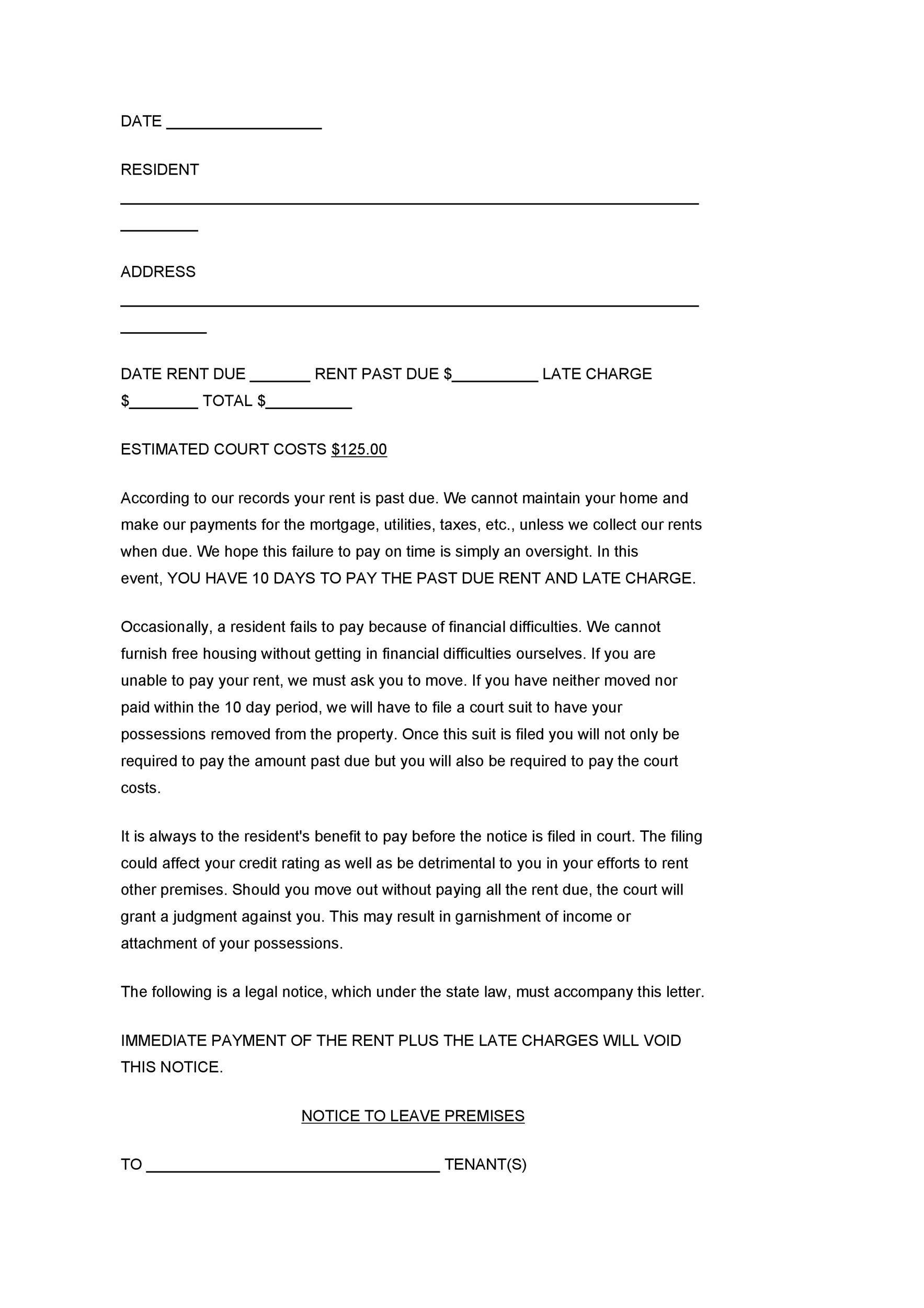

The automatic stay protects debtors that file bankruptcy by prohibiting any creditor from acting to obtain possession of or exercise control over property of the debtor’s bankruptcy estate. Section 362(a) of the Bankruptcy Code provides that upon the commencement of the bankruptcy case, an “automatic stay” goes into effect. It will then explore the strategic considerations that landlords and tenants should consider when the threat of a tenant bankruptcy is a real possibility. This article highlights the relevant principles of bankruptcy law that affect the landlord/tenant relationship if the tenant enters bankruptcy voluntarily or involuntarily.

Lurking in the background is the potential bankruptcy of the tenant, which may have a significant impact on the landlord’s and the tenant’s rights and remedies and accordingly, a significant impact on the landlord’s and the tenant’s strategy with respect to both the exercise of remedies and lease restructuring negotiations.

On the other side of the bargaining table, tenants who are unable to pay their lease obligations likewise need to be aware of these factors in order to determine their strategy to request a deferral or abatement of rent, lease termination, or to not pay the rent due. For landlords to formulate their strategy, among other factors, they must be aware of the applicable lease provisions, their available remedies, the short- and long-term financial viability of the defaulting tenant and the rental market for the leased premises.

Accordingly, there is no clear timeline by which businesses can “return to normal.”Īccordingly, commercial landlords nationwide have been forced to prepare for and address the inability of tenants to sustain their rental obligations. Although COVID-19 vaccines have been approved and have begun to be distributed, the distribution process has been very slow. Additionally, many jurisdictions have implemented (and later re-implemented) restrictive measures, such as “stay at home” orders, leading to the widespread closure or limitation of nonessential businesses. For commercial tenants, customers are scarce, demand for goods and services has dried up, and supply chains have been severely disrupted. The COVID-19 pandemic has wreaked havoc on the commercial real estate industry for the last year.


 0 kommentar(er)
0 kommentar(er)
